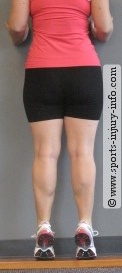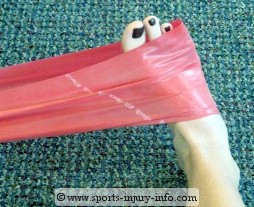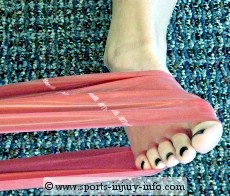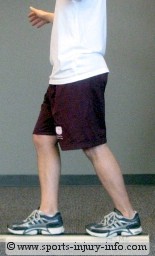The time has come for many of our patients to wear sandals and even more patients to walk around outside without shoes. Most people in Florida already do this, but with all of our seasonal residents returning, the number of people doing this will triple. This may often lead to exposure of your exposed foot and ankle to fire ant bites. These can be relatively nasty and may sting and burn for extended periods of time. Sometimes they may become infected and lead to abscess formation in patients with diabetes or vascular disease. It is important to have this looked at by a physician if the area becomes more red and swollen than the above picture shows, or if a fever or chills begin to occur. Even drainage and bleeding after 3 days time should be reported to the physician immediately. FFLC physicians are always ready and able to treat any foot and ankle emergency, and will often have immediate appointments available at one of the three locations.
- General Treatment Guidelines
- Local stings: Cool compresses and oral antihistamines are recommended for mild reactions as first line treatment at home. Sometimes the physician will administer corticosteroids which may be used topically or intralesionally injected for anti-inflammatory effect.
- Multiple stings: Systemic corticosteroid use is controversial in patients with extensive lesions who do not have systemic allergic reactions or generalized skin reactions.
- Large doses of corticosteroids and intravenous fluids may complicate the treatment of patients with preexisting cardiovascular disease.
- Sometimes, the immunosuppressive effect of corticosteroids may predispose patients to secondary infection.
- Oral antihistamines and topical corticosteroids are recommended in most cases; nevertheless, some practitioners still use prednisone or other systemic steroids to treat patients with numerous lesions.
- Anaphylaxis: Acute management of fire ant anaphylaxis is identical to treatment of anaphylaxis from other causes. Subcutaneous epinephrine is used and repeated every 10-15 minutes as needed to reverse the symptoms. This may occur rapidly, and requires 911 and EMS for life saving efforts in some cases.
Always remember that any red swollen area or lesion of any kind which is not improving after 5-7 days should be evaluated by a physician.









